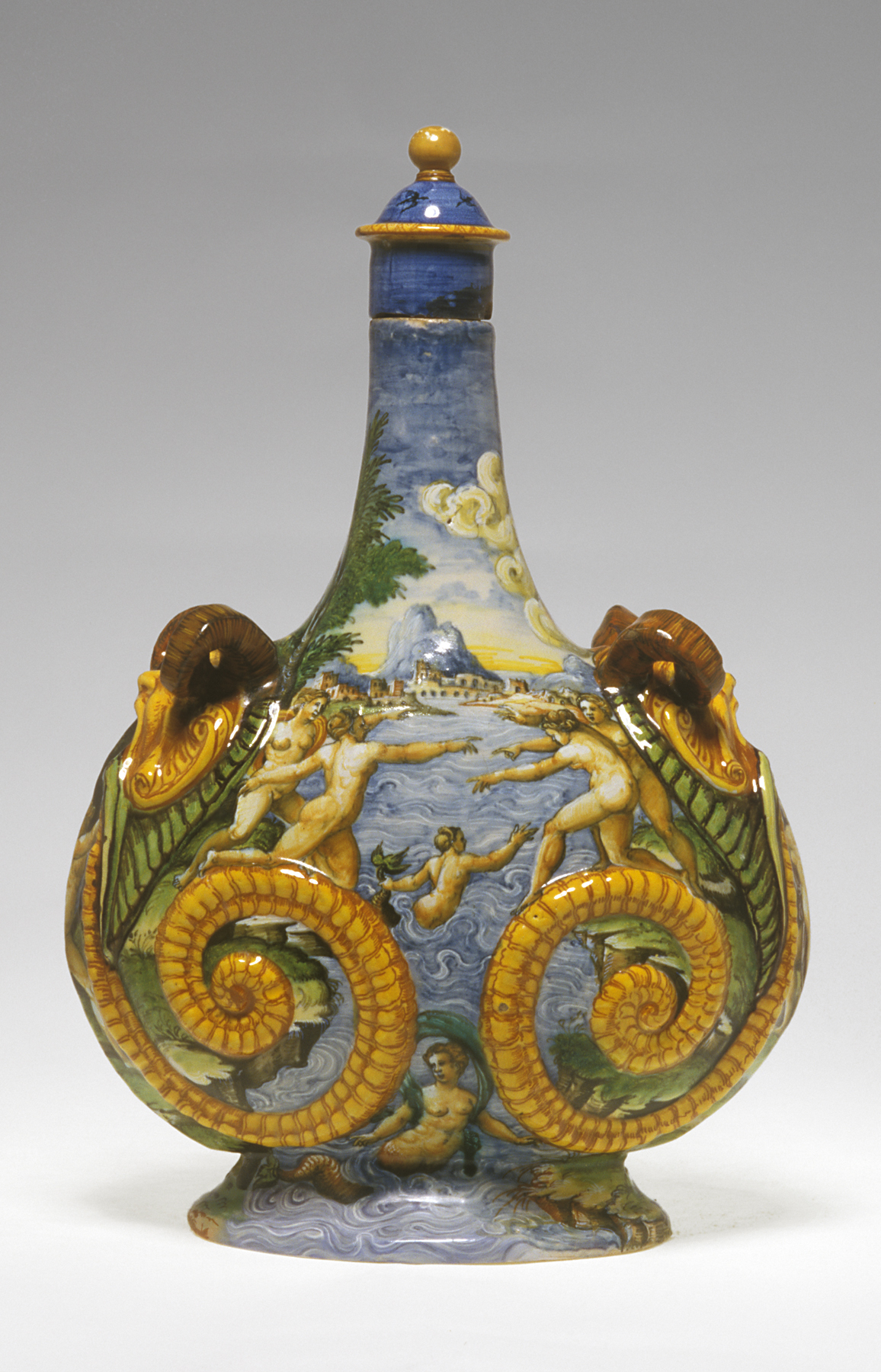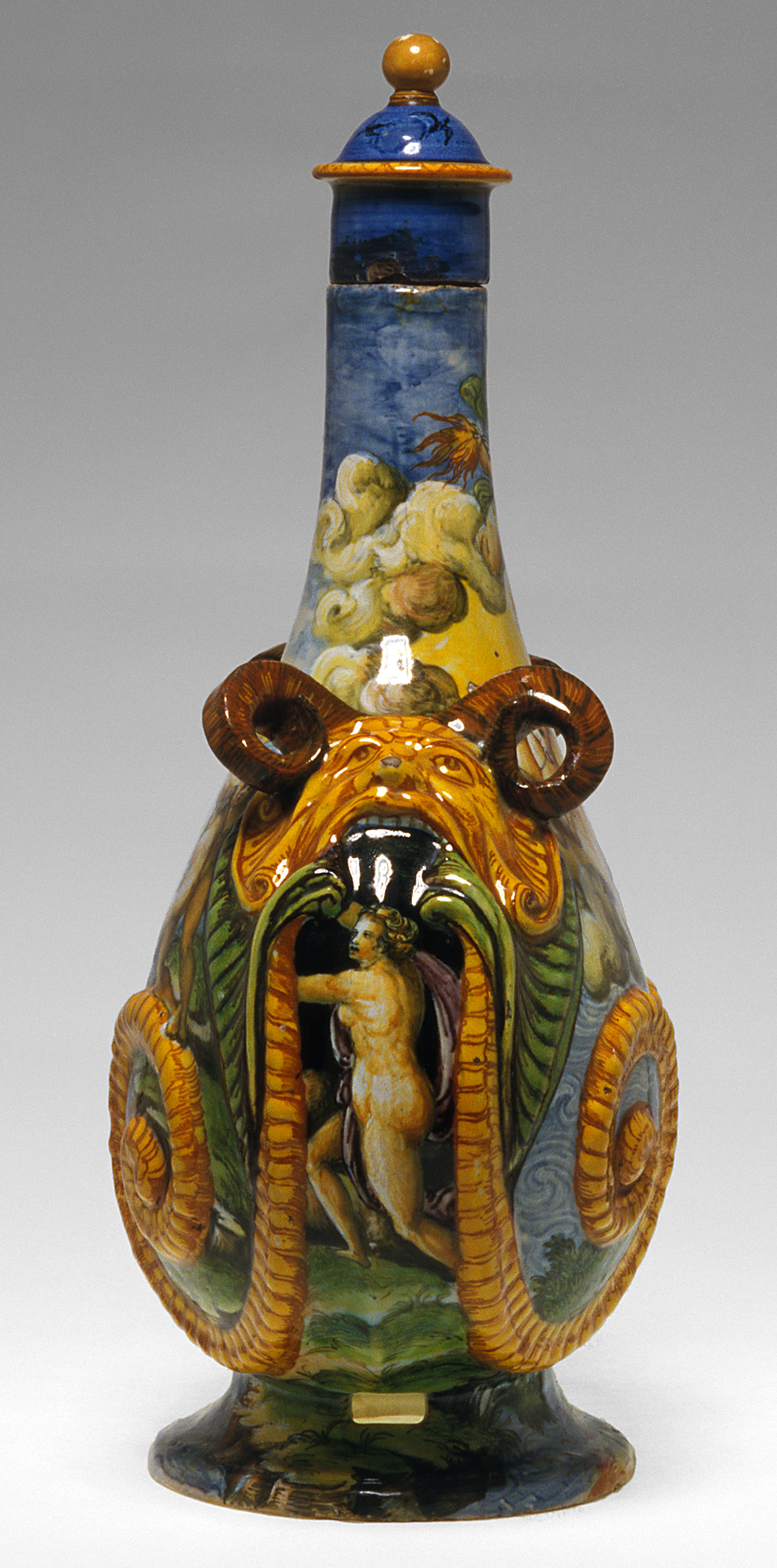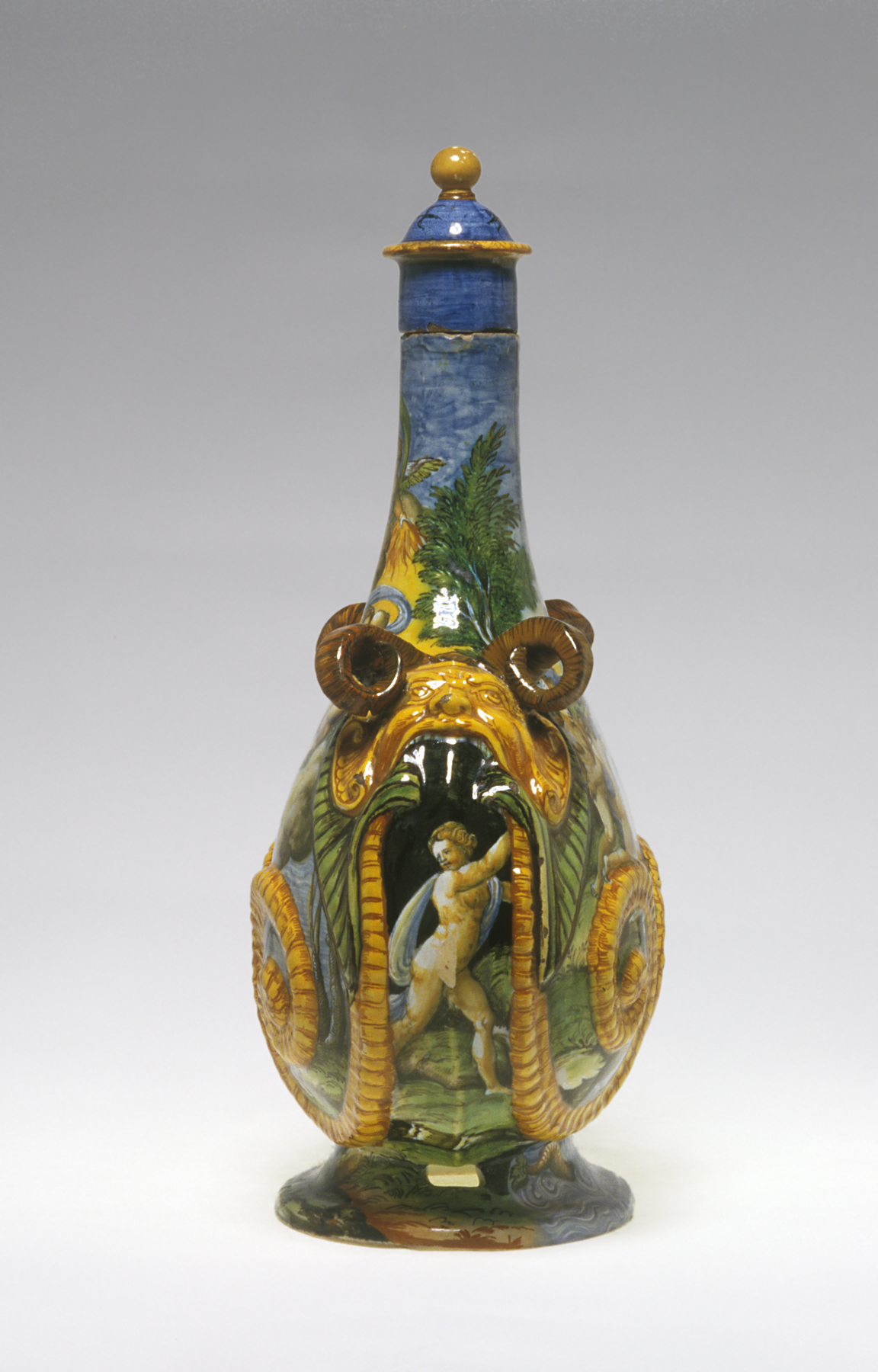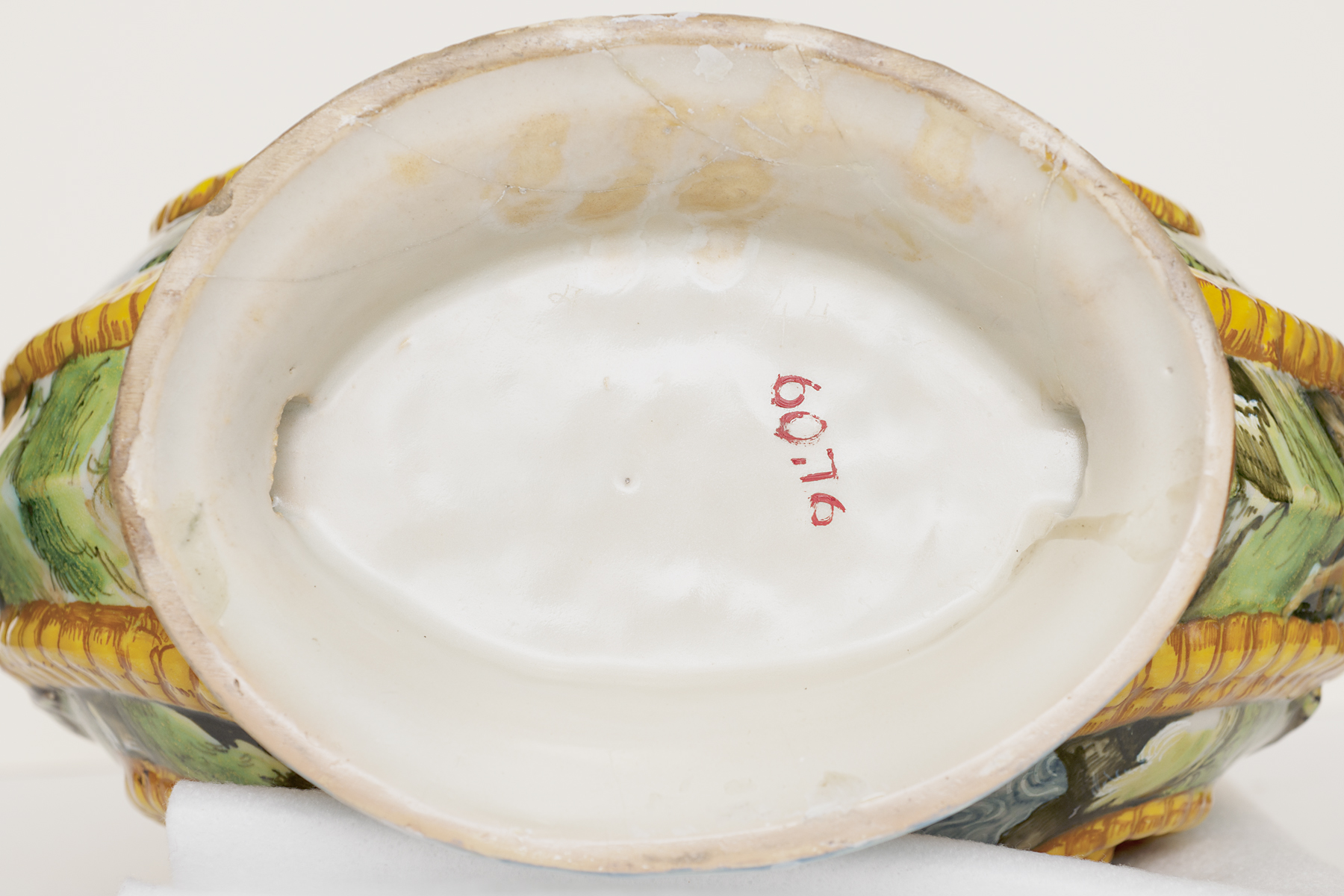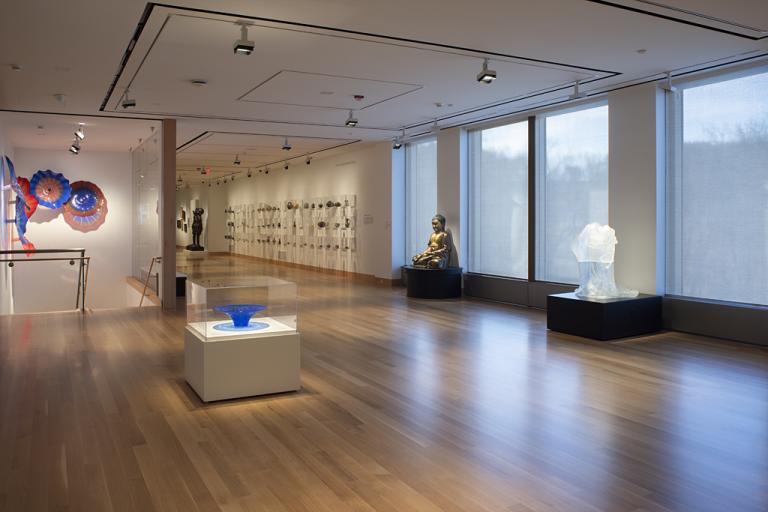pilgrim bottle, Orazio Fontana
Artwork Overview
Orazio Fontana, artist
circa 1510–1571
pilgrim bottle,
mid 1500s
Where object was made: Italy
Material/technique: maiolica; glaze; earthenware
Dimensions:
Object Height/Width/Depth (Height x Width x Depth): 42 x 29 x 16 cm
Object Height/Width/Depth (Height x Width x Depth): 16 9/16 x 11 7/16 x 6 5/16 in
Object Height/Width/Depth (Height x Width x Depth): 42 x 29 x 16 cm
Object Height/Width/Depth (Height x Width x Depth): 16 9/16 x 11 7/16 x 6 5/16 in
Credit line: Museum purchase
Accession number: 1960.0076.a,b
On display: Kress Gallery
If you wish to reproduce this image, please submit an image request

